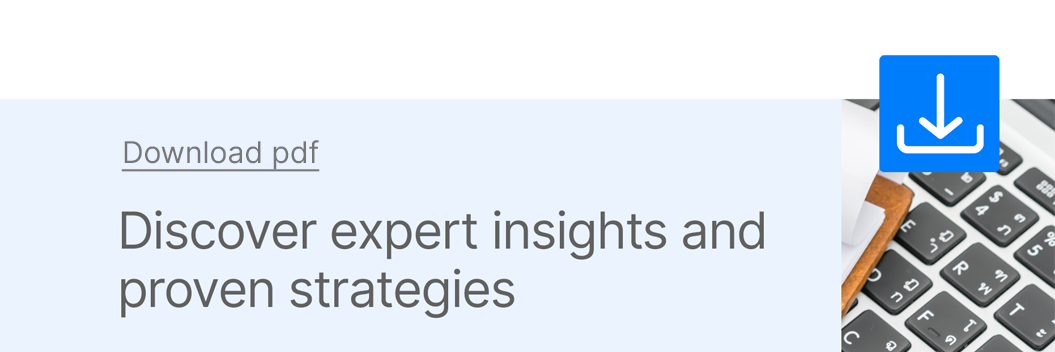Urgent care facility offers excellent patient care, draws an impressive customer base, and boasts great internet reviews. You should reexamine your billing practices if, however, your profit margins fall low of expectations. Understanding the fundamentals of urgent care billing and how to streamline your operations will help you generate additional revenue.
This guide will help you decode the most relevant and updated CPT codes for urgent care.
Billing Process for Urgent Care
The increasing popularity of urgent care facilities and primary care physicians has led to a projected market value of $26 billion by 2023. Understanding the billing fundamentals is crucial to secure your fair share of this market and maximizing returns through workflow optimization.
A clear billing policy should be established from the outset to begin the billing process at urgent care facilities. Although pre-registration is not required, the receptionist will gather primary data such as the patient’s name, address, date of birth, reason for the visit, insurance provider, primary care physician, and policy number.
This information is used to create electronic health records (EHR), managed by staff and doctors, to streamline and simplify the billing process while ensuring accurate patient record keeping. With these measures in place, urgent care facilities can effectively manage their billing process and ensure the continued growth of their market value.
Most Common CPT Codes Used in the Process of Urgent Care
99201-99215: Evaluation and Management Codes
Evaluation and management (E/M) code document visits with a healthcare provider. In urgent care settings, these codes document visits with a doctor or other qualified healthcare provider. The level of E/M code used is based on the intricacy of the visit, which is determined by factors such as the patient’s chief complaint, medical history, and exam findings.
99202: Office or another outpatient visit to evaluate and manage a new patient, which requires a medically appropriate history and examination and low complexity medical decision-making.
99203: Office or another outpatient visit to evaluate and manage a new patient, which requires a medically appropriate history and examination and moderate complexity medical decision-making.
99204: This code is usually used for new patients in urgent care. It must meet three requirements, including
- Thorough patient history
- Exhaustive examination
- Moderately complicated medical decision-making
The reimbursement rate for code 99204 is high, and the non-compliance rate is also high.
99213: Office or another outpatient visit for the evaluation and management of an established patient, which needs a medically proper history and examination and low complexity medical decision-making.
99214: Office or another outpatient visit for the evaluation and management of an established patient, which demands a medically appropriate history and examination and moderate complex medical decision-making.
99281-99285: Emergency Department Visit Codes
Emergency department (ED) visit codes are used to document visits to the emergency department. These codes are sometimes used in urgent care settings when a patient’s condition is more severe and requires more intensive care. The level of ED code used is based on the complexity of the visit, which is determined by factors such as the patient’s chief complaint, medical history, and exam findings.
99283: Emergency department visit to evaluate and manage a patient, which requires a medically appropriate history and examination and low complexity medical decision-making.
99284: Emergency department visit to evaluate and manage a patient, which requires a medically appropriate history and examination and moderate complexity medical decision-making.
99285: Emergency department visit to evaluate and manage a patient, which requires a medically appropriate history and examination and high complexity medical decision-making.
OTHER IMPORTANT CPT CODES FOR URGENT CARE
99000: Handling and conveying specimens for transfer from the patient’s site to the laboratory.
The Two Main Options for Billing and Coding Services for Urgent Care
S9088: The S9088 code enables healthcare practitioners to bill for the detection and treatment of medical conditions in urgent care facilities and the code for the specific service provided. Using the proper evaluation and management (E/M) code is essential when using S9088. This code also allows urgent care providers to receive enhanced compensation to help cover the costs associated with operating an immediate care location. Top of Form
S9083: This code is designed to compute a universal fee for the services rendered, irrespective of the patient’s treatment. The S9083 code is used by urgent care to billing specific managed care organizations (MCO) for their services.
Guidelines for Billing Process of Urgent Care
Primary and urgent care settings often treat various medical conditions and use identical billing and coding codes. However, an exception to this rule is using a unique code that begins with the letter “S” exclusively in urgent care settings.
These codes that begin with “S” are included in the Healthcare Common Procedure Coding System (HCPCS), which was initially allocated by Blue Cross Blue Shield (BCBS). Although many payers now accept these codes, they are still exclusively used by urgent care facilities.
Winding Up
CPT codes are a crucial part of the healthcare system and play an important role in ensuring that healthcare providers are reimbursed for their services. In urgent care settings, CPT codes document visits, tests, and treatments. Understanding these codes can help patients understand their bills and healthcare providers get reimbursed for their services.










